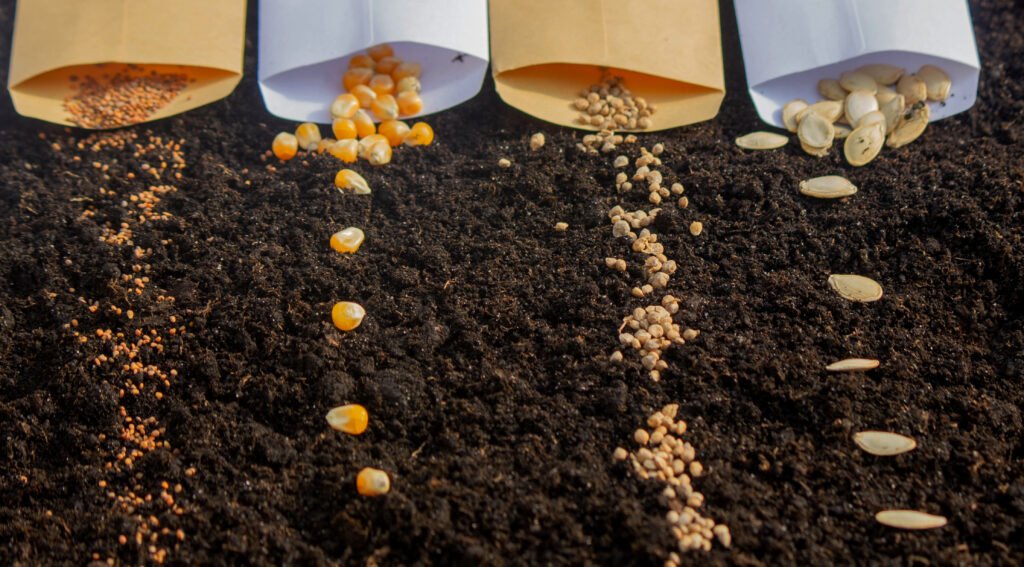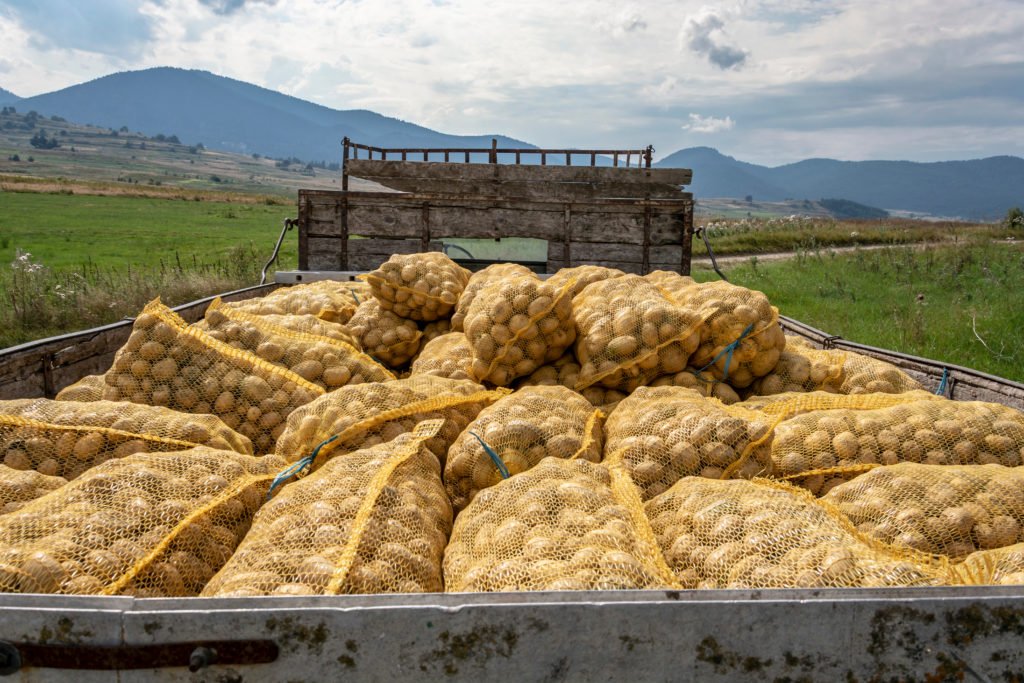Introduction
Fertilizers are essential for modern agriculture, providing the necessary nutrients that plants need to thrive. With a growing global population and increasing food demands, understanding the different types of fertilizers available is crucial for farmers and gardeners alike.
Fertilizers can be broadly categorized into organic and inorganic types, each with its unique benefits and applications. Organic fertilizers, derived from natural sources, improve soil health and promote sustainable farming practices. In contrast, inorganic fertilizers offer quick nutrient delivery for immediate crop needs.
This article delves into the various types of fertilizers, discussing their benefits, uses, and how they contribute to effective crop management. By understanding these options, farmers can make informed decisions that enhance productivity while maintaining soil health.
Types of Fertilizers

Fertilizers can be classified based on their source, nutrient composition, and release characteristics. Understanding these categories is essential for selecting the right fertilizer for specific agricultural needs.
1. Organic Fertilizers
Organic fertilizers are derived from natural sources such as plant materials, animal manure, and compost. They enrich the soil with organic matter and improve its structure.
Benefits of Organic Fertilizers:

- Soil Health Improvement: Organic fertilizers enhance soil structure, increase water retention, and promote beneficial microbial activity.
- Slow Nutrient Release: Nutrients are released gradually as organic matter decomposes, providing a steady supply to plants over time.
- Environmental Sustainability: Using organic fertilizers reduces reliance on synthetic chemicals, promoting sustainable farming practices.
Common Examples:
- Compost: Made from decomposed organic matter, compost enriches soil with nutrients and improves its structure.
- Manure: Animal waste provides essential nutrients like nitrogen (N), phosphorus (P), and potassium (K).
- Bone Meal: A rich source of phosphorus that promotes root development and flowering.
2. Inorganic Fertilizers
Inorganic fertilizers are chemically manufactured products that provide specific nutrients in concentrated forms. They are designed for quick absorption by plants.
Benefits of Inorganic Fertilizers:
- Rapid Nutrient Availability: Inorganic fertilizers deliver nutrients quickly to plants, making them ideal for immediate crop needs.
- Customizable Nutrient Ratios: Farmers can select fertilizers with specific N-P-K ratios tailored to their crops’ requirements.
- Cost-Effectiveness: Inorganic fertilizers are often less expensive than organic options on a per-nutrient basis.
Common Examples:
- Urea: A widely used nitrogen fertilizer that promotes leafy growth.
- Superphosphate: A phosphorus fertilizer that enhances root development.
- Potassium Chloride: A potassium source that improves fruit quality and plant resilience.
3. Controlled-Release Fertilizers
Controlled-release fertilizers are designed to release nutrients gradually over an extended period. This technology allows for precise nutrient management.
Advantages:
- Reduced Leaching: Controlled-release formulations minimize nutrient loss through leaching into groundwater.
- Less Frequent Applications: Farmers can apply these fertilizers less often, saving time and labor costs.
- Improved Efficiency: Nutrients are available to plants when they need them most, enhancing uptake efficiency.
4. Liquid Fertilizers
Liquid fertilizers are dissolved in water and applied directly to the soil or foliage. They provide rapid nutrient absorption for plants.
Benefits:
- Quick Action: Liquid fertilizers deliver nutrients immediately to plants, making them ideal for addressing deficiencies.
- Foliar Application: Spraying liquid fertilizers on leaves allows for quick uptake by plants during critical growth stages.
5. Specialty Fertilizers
Specialty fertilizers are formulated for specific crops or conditions. They may contain additional micronutrients or be designed for particular growth stages.
Examples:
- Micronutrient Mixes: These fertilizers provide essential trace elements like iron (Fe), manganese (Mn), and zinc (Zn) needed for optimal plant health.
- Starter Fertilizers: Formulated to support young plants during initial growth phases with higher phosphorus content.
The Importance of Choosing the Right Types of Fertilizers

Selecting the appropriate types of fertilizers is critical for maximizing crop yield while maintaining soil health. Factors to consider include:
Soil Testing
Conducting soil tests helps determine nutrient deficiencies and pH levels. This information guides farmers in selecting the types of fertilizers and application rates.
Crop Requirements
Different crops have varying nutrient needs at different growth stages. Understanding these requirements ensures that farmers apply the right types of fertilizers at the right time.
Environmental Impact
Farmers should consider the environmental consequences of their types of fertilizers. Overuse of chemical fertilizers can lead to nutrient runoff, water pollution, and soil degradation.
Conclusion
Understanding the various types of fertilizers—organic, inorganic, controlled-release, liquid, and specialty—is essential for effective crop management in agriculture. Each types of fertilizers offer unique benefits that can enhance plant growth while contributing to soil health.
By selecting the right fertilizer based on soil tests, crop requirements, and environmental considerations, farmers can optimize their yields sustainably. As we face increasing challenges related to food security and environmental sustainability, making informed decisions about fertilizer use becomes crucial in promoting healthy ecosystems and productive agricultural systems.
Educate yourself about different fertilizer types and consider implementing sustainable practices in your farming or gardening efforts!
Q&A Section
Q: What are the main differences between organic and inorganic fertilizers?
A: Organic fertilizers are derived from natural sources and improve soil health over time, while inorganic fertilizers provide quick nutrient delivery but may lead to soil degradation if overused.
Q: How do I know which fertilizer is best for my crops?
A: Conduct a soil test to identify nutrient deficiencies and consult local agricultural extension services or experts for recommendations tailored to your specific crops.
Q: Can I use both organic and inorganic fertilizers together?
A: Yes! Many farmers use a combination of both types to achieve balanced nutrition while benefiting from the advantages of each.
Resources
- Food and Agriculture Organization (FAO)
- American Society of Agronomy
- Rodale Institute
- Sustainable Agriculture Research & Education (SARE)
- National Sustainable Agriculture Coalition
Read More
- The Importance of Water Management in Sustainable Agriculture: Strategies for Success
- Smart Farming: The Future of Modern Agriculture and Its Impact on Productivity
- Strategies to Increase Crop Yields in Agriculture: Effective Techniques for Farmers
- The Importance of Sustainable Agriculture in Environmental Protection





